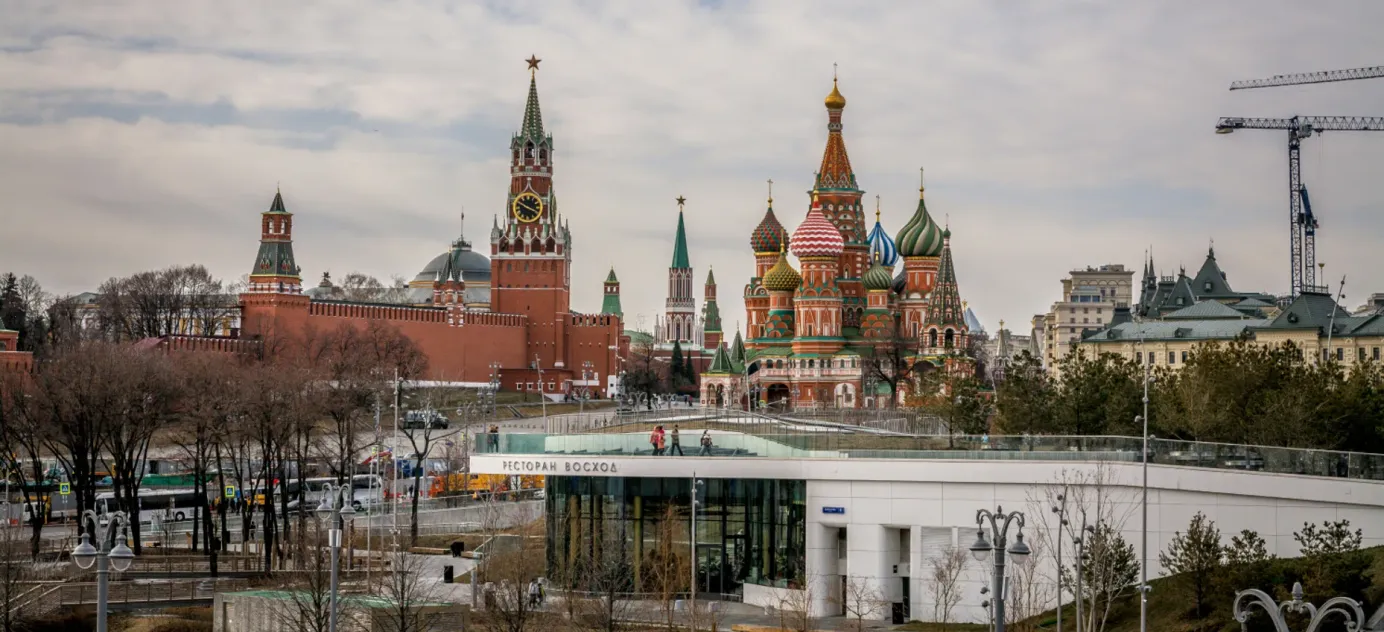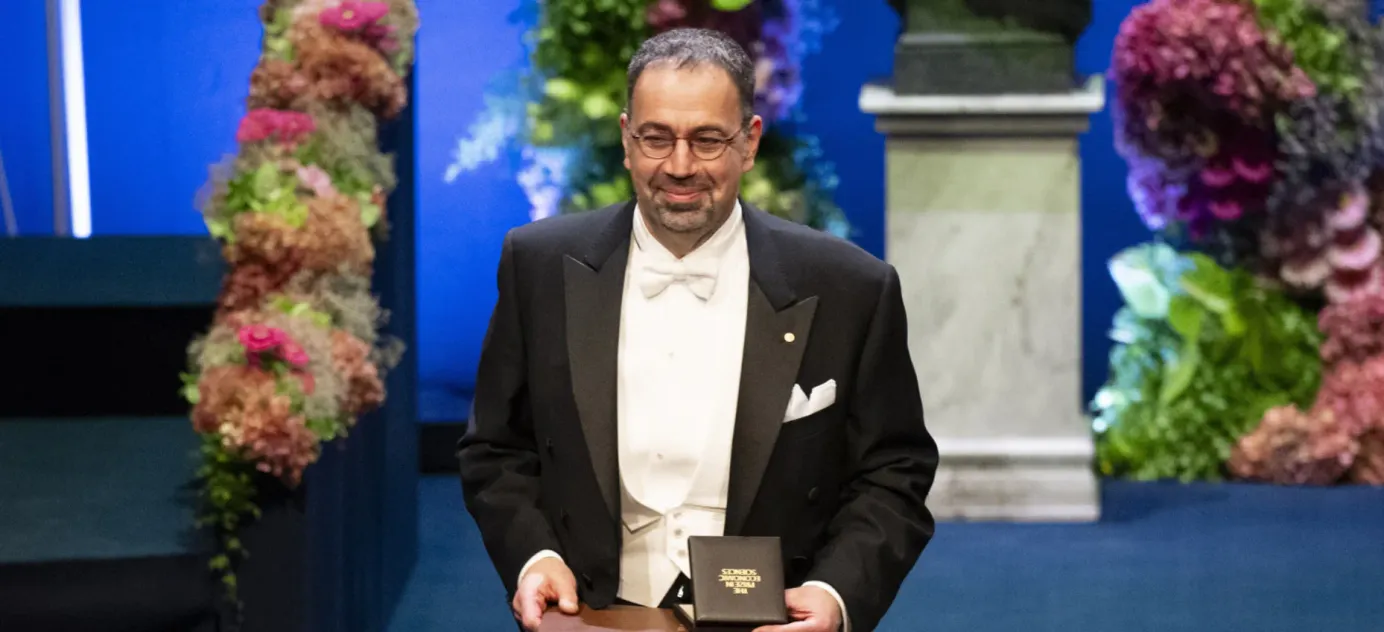
State nuclear agency turns to China to build Russian electric vehicles
Despite being cut off from Western technology, the Kremlin has not given up on creating a Russian electric car. Newspaper Kommersant last week uncovered some of the details. The key to Russia’s project now, according to Kommersant, is Rosatom, the state nuclear agency, which is using Chinese technology to develop an electric motor and battery.
- Russia’s electric car is called Atom. It’s been developed by Kama, a company owned by businessmen Sergei Kogogin, CEO of state-owned truck manufacturer KamAZ (he was among the leaders of Putin’s campaign headquarters during the 2018 election) and Ruben Vardanyan, an Armenia-Russian investment banker who set up Troika Dialog. When war broke out, Vardanyan left Russia and gave up his Russian citizenship in order to take up an official post in the disputed South Caucasus region of Nagorno-Karabakh. However, he resigned earlier this year.
- Some of the details about the electric car emerged in the tender documentation released by Rosatom, which is developing power systems for the vehicle. These documents suggest the car will come in four varieties: a single seat Delivery, the two-seater Duo, a four-seater Taxi and the five-seater Family. Each will have a range of 500 km on a single charge and top speeds will range from 130 kilometers an hour to 170 kilometers an hour. Production is due to start in December next year and there are plans to build 75,000 vehicles a year for sale in the former Soviet Union and China.
- According to Rosatom, the car will be built using Chinese technology. In the documents, shipments for battery components are priced in yuan and payments due to go to an assembly line in China. Meanwhile, the University of Nanjing has officially confirmed a future partnership with Kama.
- Kogogin and Vardanyan set up Kama in 2021, investing a total of 720 million rubles. In the fall of 2022, television channel RTVi reported that the company was in talks to attract $150 million in financing from a pool of investors and had already signed a preliminary agreement with Rosatom. The initial name for the vehicle was due to be “Kama”, but this was later changed to “Atom.”
Why the world should care
Car manufacturing is a sector in which Russia is lagging particularly far behind most Western countries. Ironically, three days before the invasion of Ukraine, we published a newsletter about how Russia’s electric vehicle revolution was making little progress. Now, the state is trying to jump-start the project with the support of China and the relatively-well regarded Rosatom. We can expect some kind of result from this tie-up, but it’s hard to imagine the finished product will enjoy much success anywhere outside of Russia.





